When we think of fossils, we often picture them neatly organized in museum displays, each telling a straightforward story about Earth’s past. However, the reality of paleontology is far more complex and fascinating. Across the globe, scientists have discovered fossils in locations that seemingly contradict our understanding of prehistoric geography, climate, and species distribution. These “out-of-place” fossils don’t represent errors in the fossil record but instead offer valuable clues about Earth’s dynamic history. From marine creatures found atop mountains to tropical species discovered in polar regions, these apparent anomalies help scientists piece together the intricate puzzle of our planet’s past and challenge us to expand our understanding of prehistoric Earth.
The Puzzle of “Misplaced” Fossils
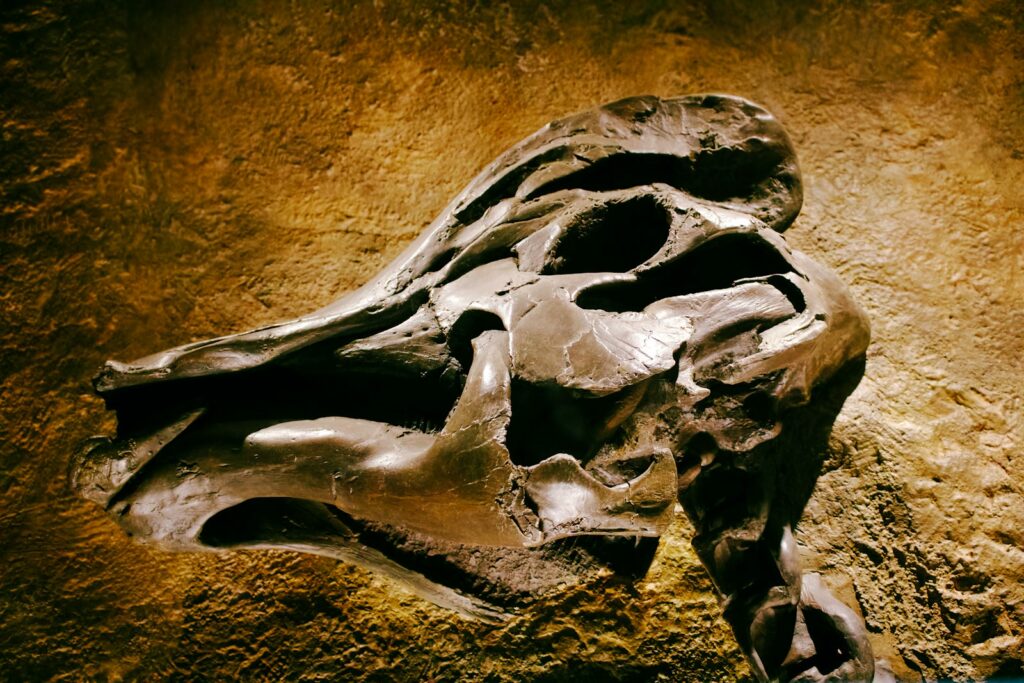
When paleontologists refer to fossils being “found in the wrong place,” they’re describing discoveries that initially seem to contradict our understanding of where certain organisms should have lived. For example, finding fossils of warm-water marine creatures in what is now an arctic environment might seem contradictory until we consider continental drift, climate change, and other geological processes. These seemingly misplaced fossils are not errors but valuable data points that help scientists reconstruct Earth’s complex history. Rather than undermining scientific understanding, these puzzling discoveries have repeatedly led to breakthroughs in our knowledge of plate tectonics, ancient environments, and the distribution of prehistoric life. Each apparently anomalous fossil represents a clue that, when properly interpreted, reveals something profound about our planet’s dynamic past.
Mountain-Top Marine Fossils: Witnesses to Uplift
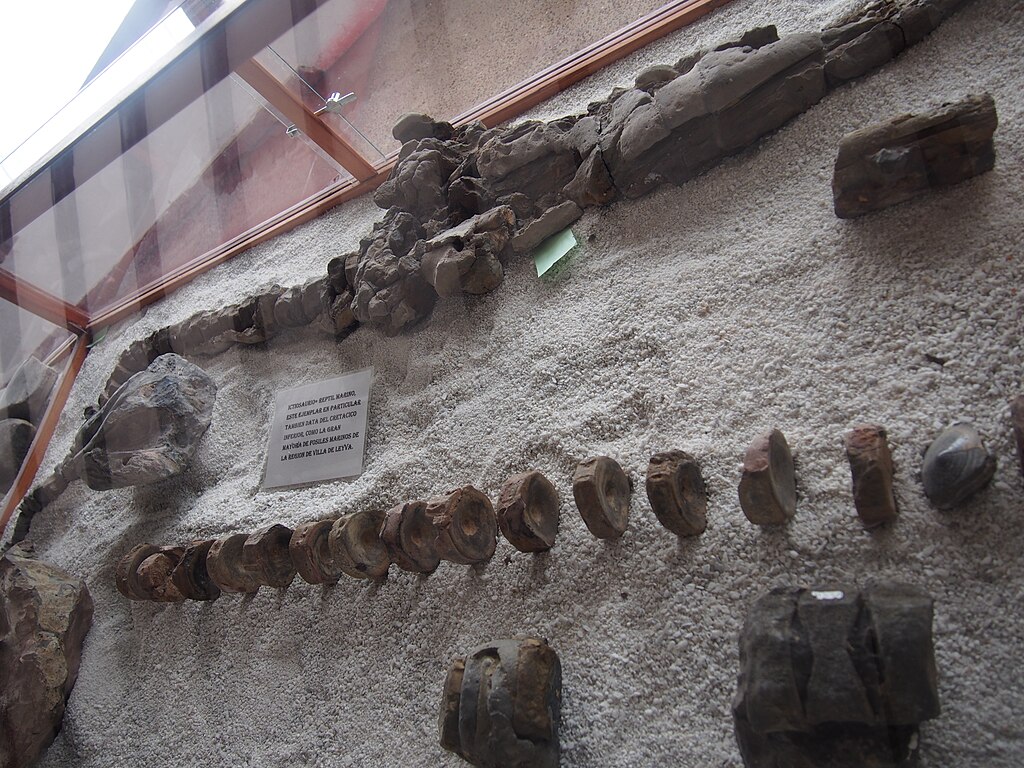
Perhaps the most dramatic examples of “misplaced” fossils are marine creatures found high in mountain ranges around the world. The Himalayas, despite standing thousands of meters above sea level, contain abundant fossils of ancient sea creatures that once lived on the ocean floor. These fossils include ammonites, brachiopods, and other marine invertebrates dating back to when the region was part of the ancient Tethys Sea. Their presence at such elevations provides compelling evidence for the colossal tectonic forces that have shaped our planet. When the Indian subcontinent collided with Asia approximately 50 million years ago, the immense pressure forced formerly flat seabeds to thrust upward, creating the towering Himalayan range we know today. Similar marine fossils can be found in the Alps, Andes, and Rockies, each telling a story of ancient oceans and massive geological uplift spanning millions of years.
Tropical Fossils in Polar Regions

The discovery of fossil palm trees, crocodiles, and other heat-loving organisms in places like Antarctica and Greenland has profoundly challenged our understanding of past climate conditions. In 1982, paleontologists working in Antarctica uncovered fossils of Glossopteris, a seed fern that couldn’t have survived the continent’s current frigid conditions. Similarly, expeditions to the Arctic have yielded fossils of prehistoric turtles, alligators, and lush forest vegetation that would have required much warmer temperatures than exist there today. These findings provide compelling evidence that Earth’s climate has undergone dramatic changes throughout its history, with regions that are now frozen wastelands once experiencing tropical or subtropical conditions. Such discoveries have been crucial in developing our understanding of historical climate patterns, greenhouse effects, and the potential range of environmental conditions Earth can experience over geological timescales.
Continental Connections: Fossils That Link Separated Lands
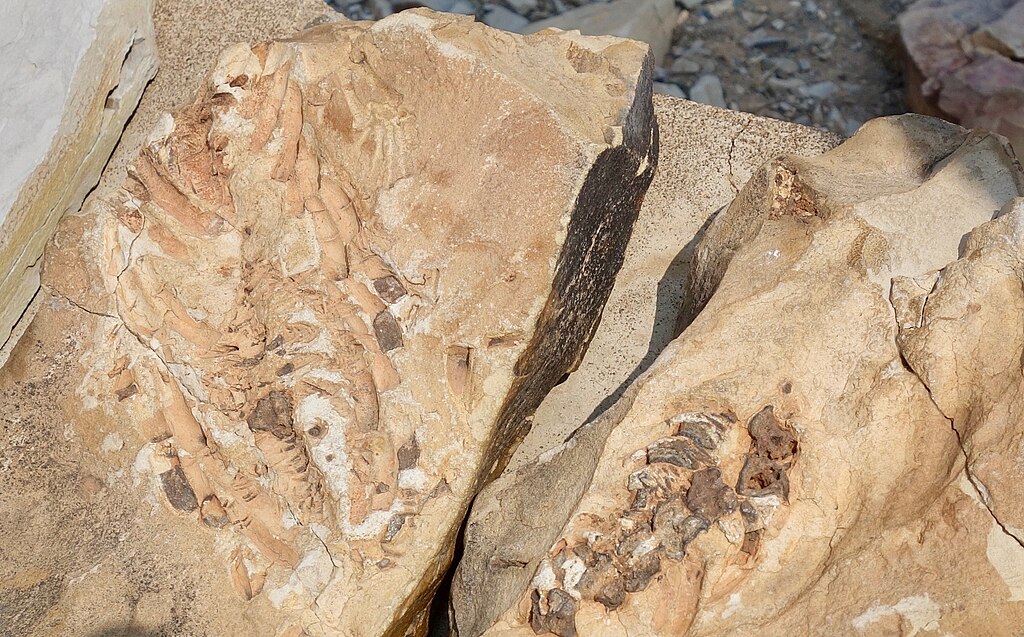
Perhaps some of the most intriguing “out-of-place” fossils are identical or closely related species found across continents now separated by vast oceans. The discovery of Mesosaurus fossils—freshwater reptiles from the Early Permian period—in both South America and Africa provided early support for continental drift theory. These small aquatic reptiles couldn’t have crossed the Atlantic Ocean, suggesting these continents were once connected. Similarly, fossils of Lystrosaurus, a pig-sized herbivorous reptile, have been found across South Africa, Antarctica, and India, regions now separated by thousands of miles of ocean. The Glossopteris flora mentioned earlier has been discovered across multiple southern continents, forming part of what scientists call the “Gondwanan suite” of fossils. These shared fossil assemblages across now-distant lands provided crucial evidence for Alfred Wegener’s continental drift theory long before modern plate tectonics was fully understood, demonstrating how “misplaced” fossils can lead to revolutionary scientific insights.
Plate Tectonics: Earth’s Fossil Shuffle

The theory of plate tectonics explains many instances of fossils appearing in seemingly wrong places by revealing Earth’s crust as a dynamic, ever-changing system. Our planet’s outer shell consists of massive tectonic plates that have been in constant motion throughout geological history, carrying continents to new positions and dramatically altering global geography. This continuous shuffling explains why tropical marine fossils might be found in now-frigid Antarctica or why similar fossil species appear on continents currently separated by vast oceans. The movement isn’t just horizontal—vertical displacement through mountain building, rifting, and subsidence means fossils formed in shallow seas can end up thousands of feet above sea level or deep beneath the Earth’s surface. Understanding plate tectonics transformed paleontology by providing a mechanism that explains these apparent fossil anomalies, turning confusion into confirmation. Rather than being exceptions that disprove rules, these “misplaced” fossils actually provide some of the strongest evidence for the reality of Earth’s dynamic crustal movements.
Time Capsules: How Fossils Record Ancient Environments
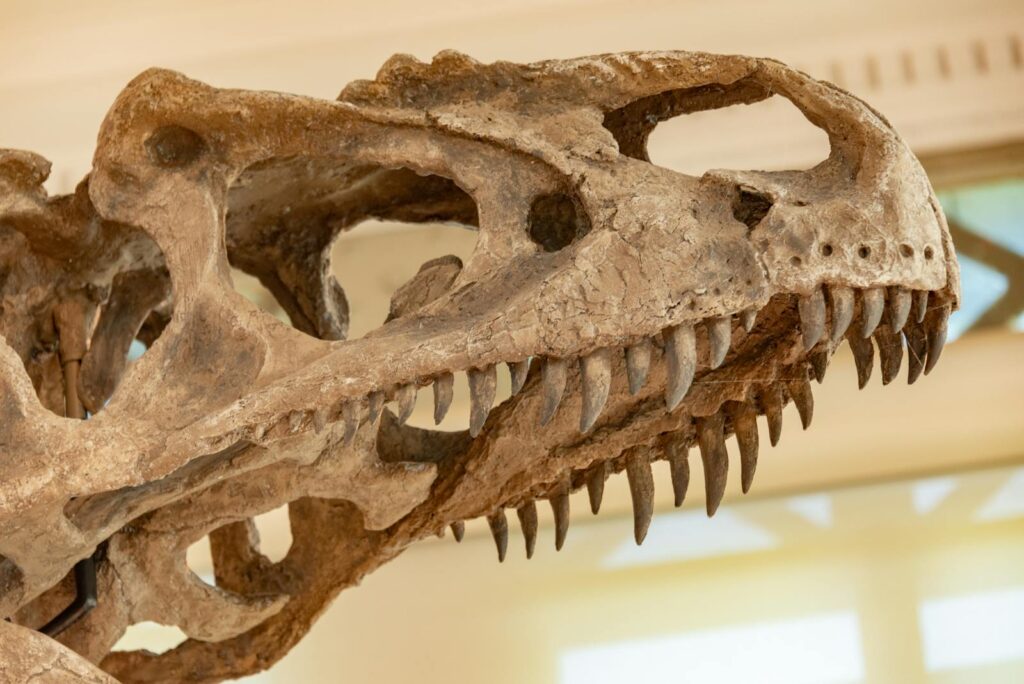
Fossils serve as remarkable natural time capsules, preserving evidence of environments drastically different from those in the same locations today. When scientists discover coral reef fossils in landlocked states like Kansas or Michigan, they’re not looking at organisms that somehow survived out of water, but reading evidence of ancient shallow seas that once covered North America’s interior. The massive chalk deposits in England’s White Cliffs of Dover represent billions of microscopic marine organisms that accumulated on a sea floor, now exposed high above the water. Beyond just recording the presence of certain species, fossils can reveal intricate details about ancient ecosystems through associated sediments, trace fossils (such as footprints or burrows), and the preservation of soft tissues. Paleontologists analyze growth rings in fossil wood to determine ancient rainfall patterns, examine fossil pollen to reconstruct vegetation communities, and study isotopes in fossil shells to determine past ocean temperatures. Each “out-of-place” fossil therefore represents not an anomaly but a valuable data point in reconstructing Earth’s environmental history across deep time.
Mass Migrations: Following Favorable Conditions

Some fossils appear in unexpected places due to ancient migrations that tracked shifting environmental conditions as Earth’s climate and geography changed. During the Pleistocene ice ages, many species shifted their ranges southward as northern latitudes became covered in ice sheets, returning northward during warming periods. Fossil evidence shows hippos once living in the Thames Valley of England and reindeer in southern France during these climate fluctuations. On longer timescales, the movement of continents created and destroyed migration corridors for terrestrial species. The Great American Biotic Interchange occurred when North and South America connected about 3 million years ago, allowing previously isolated faunas to mix—explaining why fossil ground sloths are found from Patagonia to Alaska. Similarly, the collision of India with Asia created opportunities for species to spread across previously separated landmasses. Understanding these ancient migrations helps explain why certain fossils appear far from where their modern relatives live and provides important context for interpreting seemingly anomalous fossil distributions.
Fossils That Challenge Evolutionary Timelines
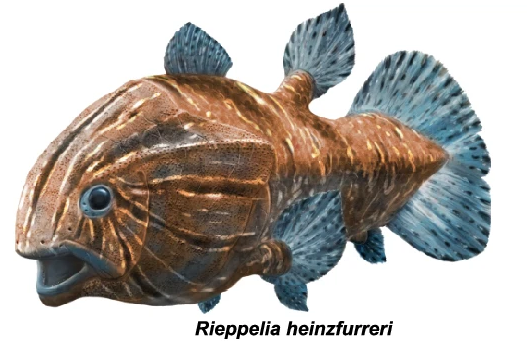
Occasionally, paleontologists discover fossils that appear to be in the “wrong place” in the evolutionary timeline, challenging previous assumptions about when certain groups evolved or went extinct. The discovery of Coelacanth fossils offers a famous example of this phenomenon. Long thought extinct for 65 million years, this ancient fish group shocked the scientific world when a living specimen was caught off South Africa in 1938. Similar surprises have occurred when fossils extended known ranges of organisms much further back in time than previously thought. When scientists found 315-million-year-old four-legged animal footprints in Poland, it pushed back the timeline for tetrapod evolution by several million years. The discovery of complex multicellular fossils in the Francevillian Formation of Gabon, dating to 2.1 billion years ago, challenged views about when complex life evolved. Rather than undermining evolutionary theory, these “out of time” fossils refine our understanding of evolutionary patterns and remind us that the fossil record remains incomplete, with new discoveries continuously improving our knowledge.
Ancient Climate Clues in Unexpected Places
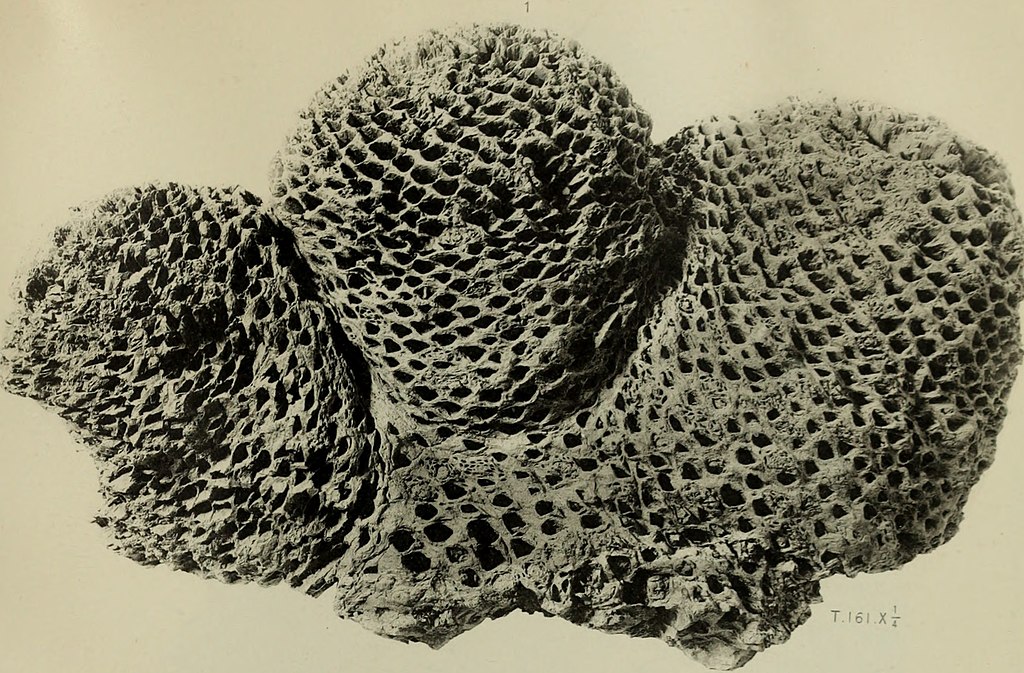
Fossils found in climatically “wrong” locations provide some of our most valuable evidence for understanding Earth’s climate history and the mechanisms of climate change. The discovery of fossil cycads (tropical plants related to palm trees) in Greenland indicates this now-frozen region once experienced a much warmer climate. Similarly, the presence of coal seams in Antarctica—formed from ancient forests that required substantial rainfall and moderate temperatures—contradicts the continent’s current ice-covered state. These paleoclimate indicators allow scientists to reconstruct ancient environments with remarkable precision. By analyzing leaf shapes in fossil plants, scientists can determine past rainfall patterns, while the ratio of oxygen isotopes in fossil shells reveals ancient ocean temperatures. These climate proxies help climatologists understand the relationship between atmospheric carbon dioxide levels and global temperatures throughout Earth’s history. As we face modern climate change challenges, these seemingly out-of-place fossils provide crucial baseline data about Earth’s climate variability and the potential consequences of rapid environmental shifts.
Fossils Transplanted by Humans
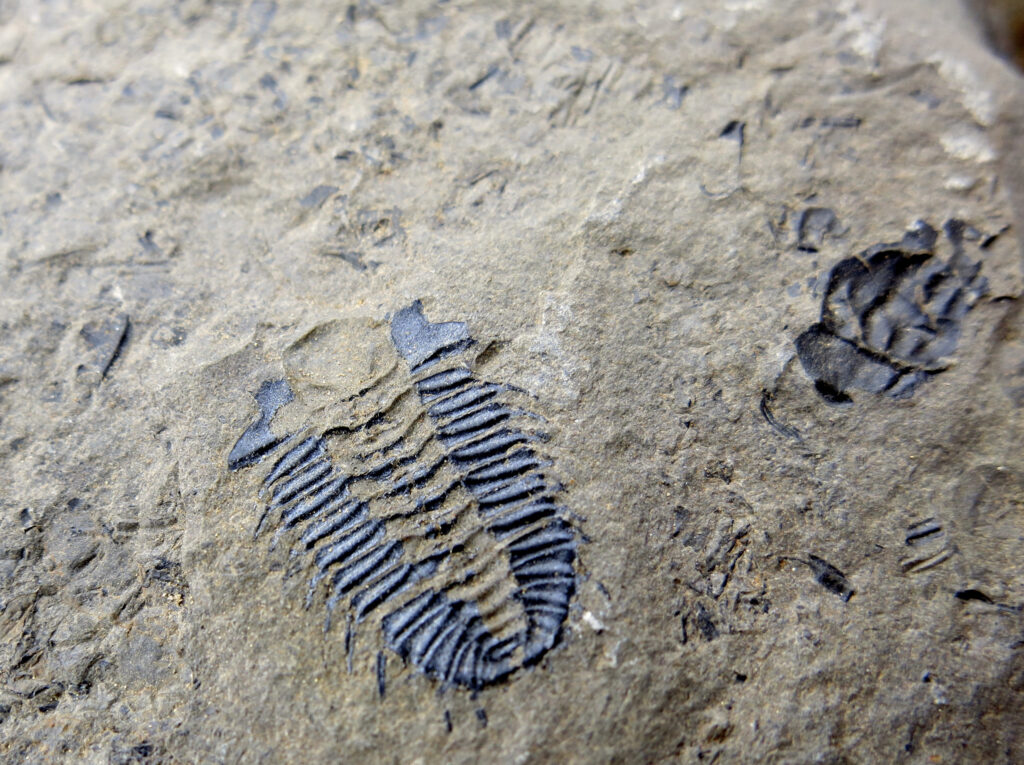
Not all fossils found in the “wrong place” reflect natural geological or biological processes—some have been moved by human activity, either deliberately or inadvertently. Throughout history, people have collected, traded, and transported fossils far from their original locations. Ancient civilizations collected fossils as curiosities or attributed them spiritual significance, sometimes incorporating them into religious sites or burial goods. During the Age of Exploration, European naturalists brought exotic fossils back from colonial territories, creating collections that confused early understanding of fossil distribution patterns. Even today, the commercial fossil trade continues to move specimens around the world, sometimes with poor documentation of their original context. Scientific excavations also relocate fossils to museums and research institutions, though with careful documentation. Archaeologists occasionally discover fossils at ancient human settlements that were collected or traded by previous civilizations, adding a fascinating cultural dimension to the study of “misplaced” fossils. Understanding this human factor is crucial when interpreting unusual fossil discoveries, particularly those found in archaeological contexts.
Pseudofossils and Misidentifications

Some reports of fossils in “impossible” locations stem from misidentifications or natural formations that merely resemble organic remains. Pseudofossils are naturally occurring structures that mimic the appearance of fossils but have inorganic origins. Manganese dendrites, for example, create fern-like patterns in rocks that have been mistaken for plant fossils, while certain mineral concretions can resemble eggs, bones, or shells. Throughout the history of paleontology, such misidentifications have occasionally led to sensational claims about organisms living in impossible time periods or locations. The infamous “Piltdown Man” hoax combined human and orangutan bones to create a supposed “missing link” that confused human evolutionary studies for decades before being exposed as fraudulent. Even experienced paleontologists can sometimes misinterpret unusual specimens or taphonomic effects (changes occurring during fossilization). Critical evaluation of extraordinary fossil claims requires considering alternative explanations, including the possibility of misidentification, before concluding that a fossil is truly “out of place” in a way that challenges scientific understanding.
Integrating Evidence: The Modern Approach to Fossil Anomalies
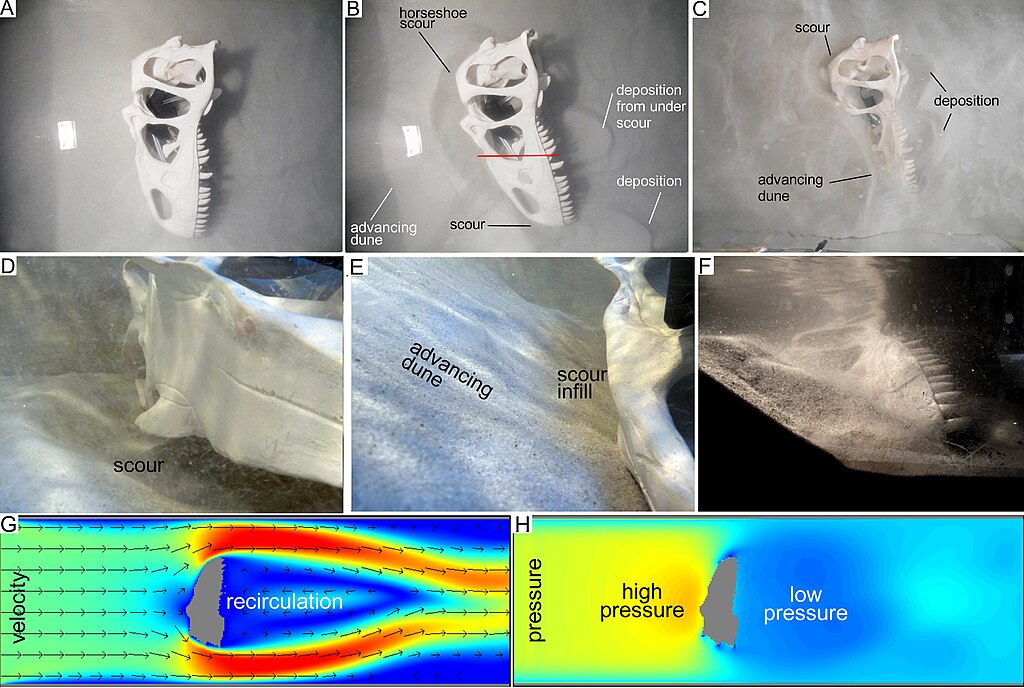
Modern paleontologists tackle apparently anomalous fossil distributions by integrating evidence from multiple scientific disciplines rather than treating them as isolated puzzles. When fossils appear in seemingly wrong places, researchers combine insights from geology, geochemistry, paleoclimatology, and evolutionary biology to develop comprehensive explanations. Advanced dating techniques precisely place fossils in geological time, while isotope analysis reveals ancient environmental conditions. Paleomagnetic studies track the historical positions of continents, explaining how organisms now separated by oceans once shared connected habitats. Molecular phylogenetics complements fossil evidence by revealing evolutionary relationships between ancient and modern organisms. Computer modeling helps reconstruct ancient climate patterns and species distributions, testing hypotheses about how and why organisms lived where their fossils are found. This multidisciplinary approach has transformed our understanding of Earth’s history, turning apparent fossil anomalies into valuable data points that enhance rather than contradict scientific understanding. Far from being embarrassing exceptions, “misplaced” fossils have repeatedly catalyzed major advances in our understanding of Earth’s dynamic systems.
Lessons from Out-of-Place Fossils
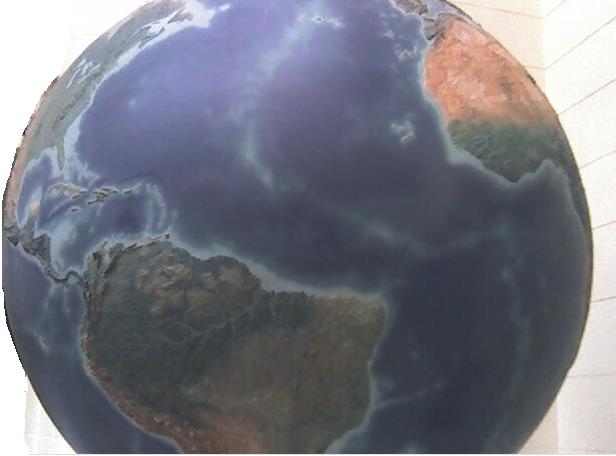
The study of seemingly misplaced fossils offers profound lessons about both Earth’s history and the nature of scientific inquiry itself. These fossil anomalies remind us that our planet has undergone dramatic transformations over its 4.5-billion-year history, with continents moving, climates shifting, and environments changing in ways that can be difficult to imagine from our limited human perspective. They demonstrate that the current arrangement of continents, oceans, and climate zones represents just one moment in Earth’s ongoing geological story. From a scientific perspective, these challenging fossils illustrate how science advances—not by ignoring contradictory evidence but by embracing it as an opportunity to develop more comprehensive explanations. Many major scientific breakthroughs, from continental drift theory to our understanding of mass extinctions, began with seemingly anomalous fossil evidence that challenged prevailing wisdom. The history of these discoveries demonstrates the self-correcting nature of science, where apparent exceptions lead to deeper understanding rather than undermining scientific knowledge.
Conclusion

Far from being errors in the fossil record, “misplaced” fossils provide some of our most valuable windows into Earth’s dynamic past. Each seemingly anomalous fossil discovery tells a story of changing continents, shifting climates, evolving ecosystems, and the remarkable adaptability of life through time. These paleontological puzzles have repeatedly catalyzed scientific breakthroughs, from plate tectonics to paleoclimatology. As technology advances, allowing more precise dating, environmental reconstruction, and integration of multiple lines of evidence, our ability to interpret these fossil clues continues to improve. The next time you hear about a fossil found in an unexpected place, remember that you’re not seeing a mistake in Earth’s record, but rather an invitation to explore the fascinating complexity of our planet’s history—a history where tropical forests once flourished at the poles, sea creatures became mountain dwellers, and continents journeyed across the globe, carrying ancient life forms with them on an epic voyage through deep time.



